Adal brings Japan's disappearing natural materials to furniture design
Japanese brand Adal Look into Nature exhibited for the first time at Salone del Mobile 2024, showcasing its contemporary products made using igusa, a traditional material whose manufacturing is slowly disappearing

For more than 1,000 years, Yatsushiro, a small city wedged between seas and mountains in southern Japan, has been synonymous with one material: igusa, a type of rush used to make tatami mats. Today, the number of farmers has hit critically low levels – prompting one Japanese furniture company to create a dedicated brand that uses igusa in all its interior pieces, in a bid to revitalise the hard-hit industry.
Adal Look into Nature uses igusa across the spectrum – from chairs and screens to chaise longues and containers – with the earthy warm of the natural woven material balanced with clean and minimalist designs. The brand, which exhibited for the first time this year at Salone del Mobile in Milan, aims to create contemporary products that harmonise the relationship between humans, nature and the spaces they inhabit.
Adal Look into Nature and the revitalisation of the igusa industry in Japan
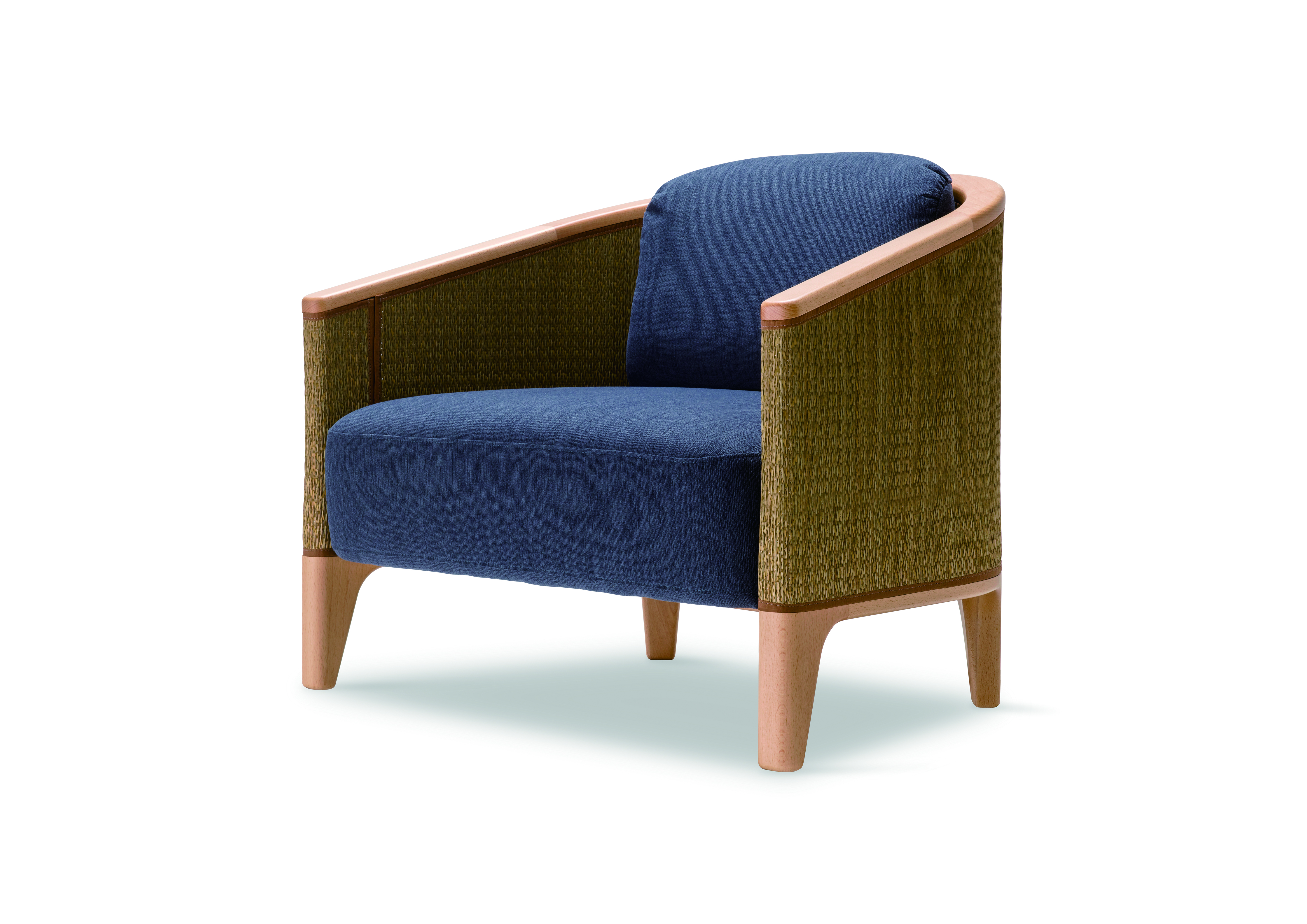
The Boku armchair embodies the perfect blend of East and West and is characterised by a clean, minimalist design signed Stone Designs. Manufactured with a metal and beech wood frame it has an upholstered seat and backrest in igusa providing a “warm embrace” and offered in various finishes
Kenji Hadama, global business director, explains to Wallpaper*: 'Japan’s oldest book, called the Kojiki, referred to the igusa industry, so we know it is at least 1,300 years old. But the industry has shrunk, due to cheaper imports, artificial alternatives and more Western lifestyles. 'Thirty years ago in Yatsushiro – where almost all of Japan’s igusa is made – there were 4-5,000 farmers. Today, there are around 250 – and only 50 of them have someone who can take over the business when they pass away.
'So within five to ten years, Japan’s igusa industry may disappear entirely. Our mission is to support this industry and help keep it alive. Our company can’t make tatami mats but we can make furniture using igusa and we want to spread this culture all over the world.'
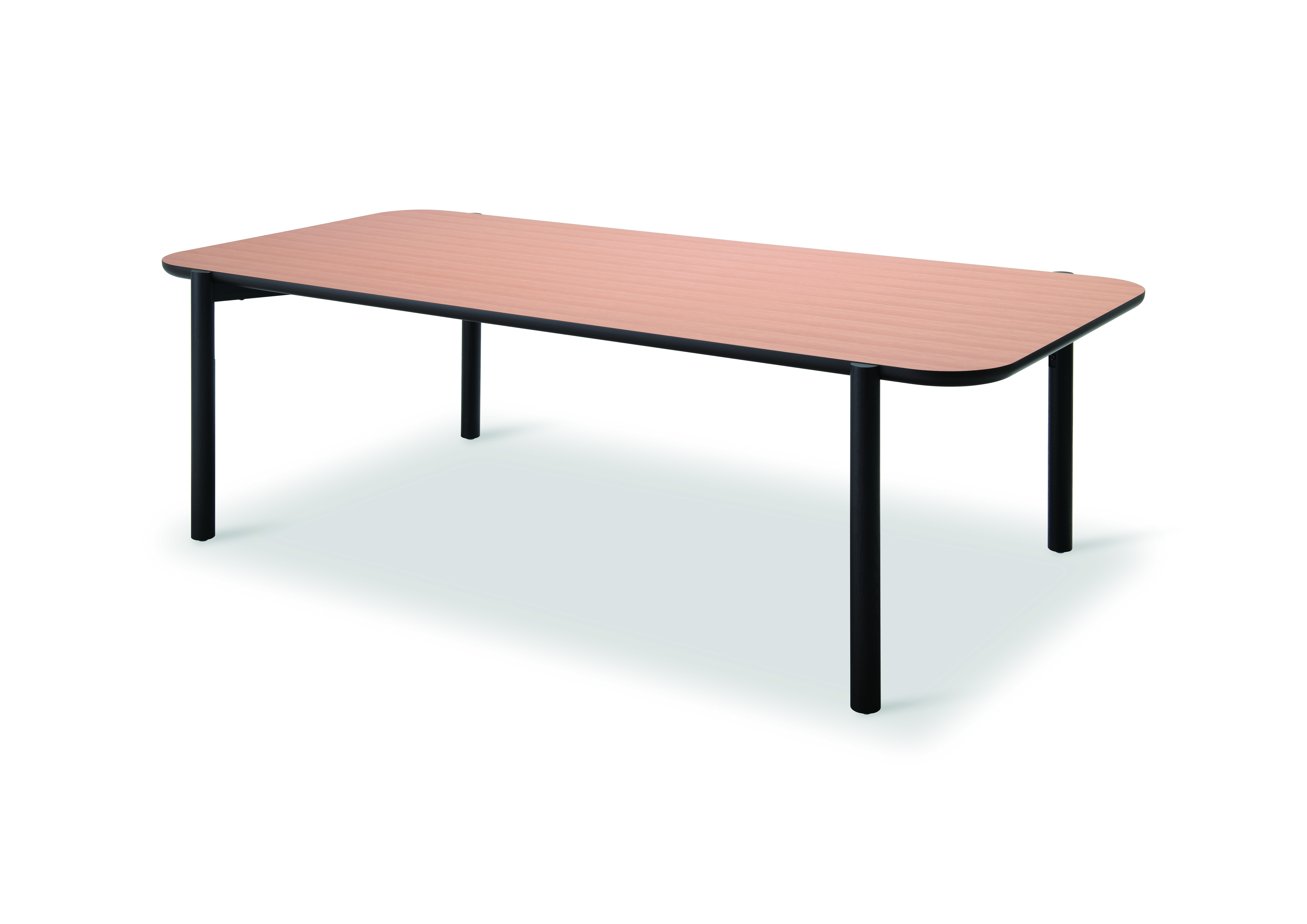
Sakyu Table features a frame in varnished steel to match the chairs and a beech wood top to emphasise the overall harmony
Based in the southern city of Fukuoka, Adal is a contract furniture company dating back to 1952, which first launched its Look into Nature collections featuring igusa interior products in Japan five years ago.
Igusa – a material which is strong, aromatic, deodorising and durable – is the main protagonist. Adal has created two new contemporary tatami mat weaves – Ami and Musubi – available in a minimal modern palette of seven shades for its furniture products.
Adal Look into Nature at Salone del Mobile 2024
This year, Adal Look into Nature showcased new igusa furniture pieces created by German designer Michael Geldmacher, including the Sakyu chair, with a varnished steel frame and a smooth flow of igusa weave wrapped holistically around the seat and backrest; as well as an accompanying table. Spanish studio Stone Designs also created Boku, an armchair with a clean metal and beech wood frame, whose curving lines contain igusa in a design described as a 'warm embrace'.
Receive our daily digest of inspiration, escapism and design stories from around the world direct to your inbox.
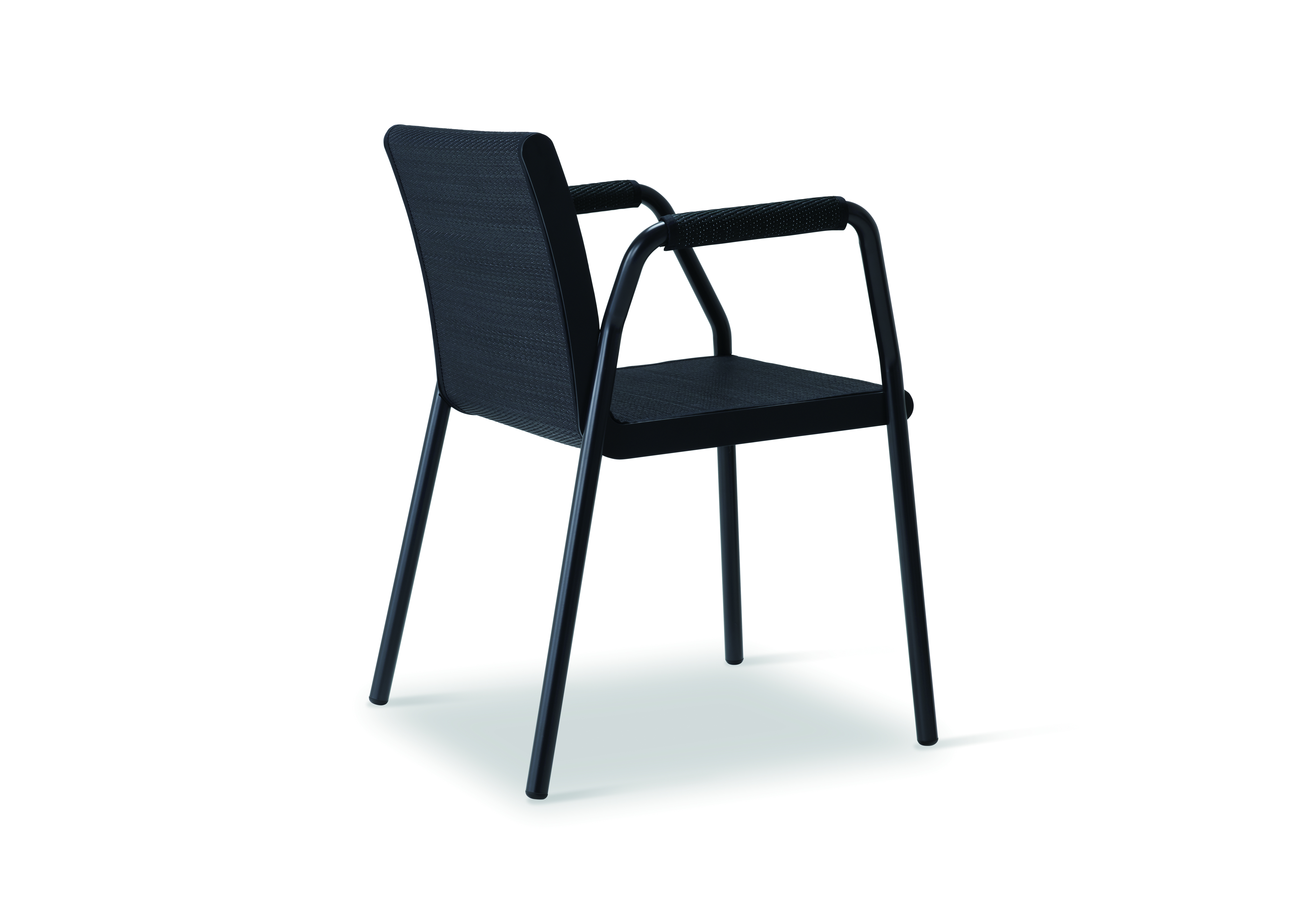
Designed by Michael Geldmacher, the Sakyu chair is offered in two versions, with and without armrests, and is made of varnished steel with backrest and seat in igusa in matching colours.
Describing how he was immediately drawn to the warmth of the igusa as a contemporary interior material, Geldmacher tells Wallpaper*: 'I love the idea behind Look into Nature that dedicates this collection to bringing igusa into a new context beyond Japan. In addition to the beauty of the material, it’s all based on a very important cause.'
Danielle Demetriou is a British writer and editor who moved from London to Japan in 2007. She writes about design, architecture and culture (for newspapers, magazines and books) and lives in an old machiya townhouse in Kyoto.
Instagram - @danielleinjapan
-
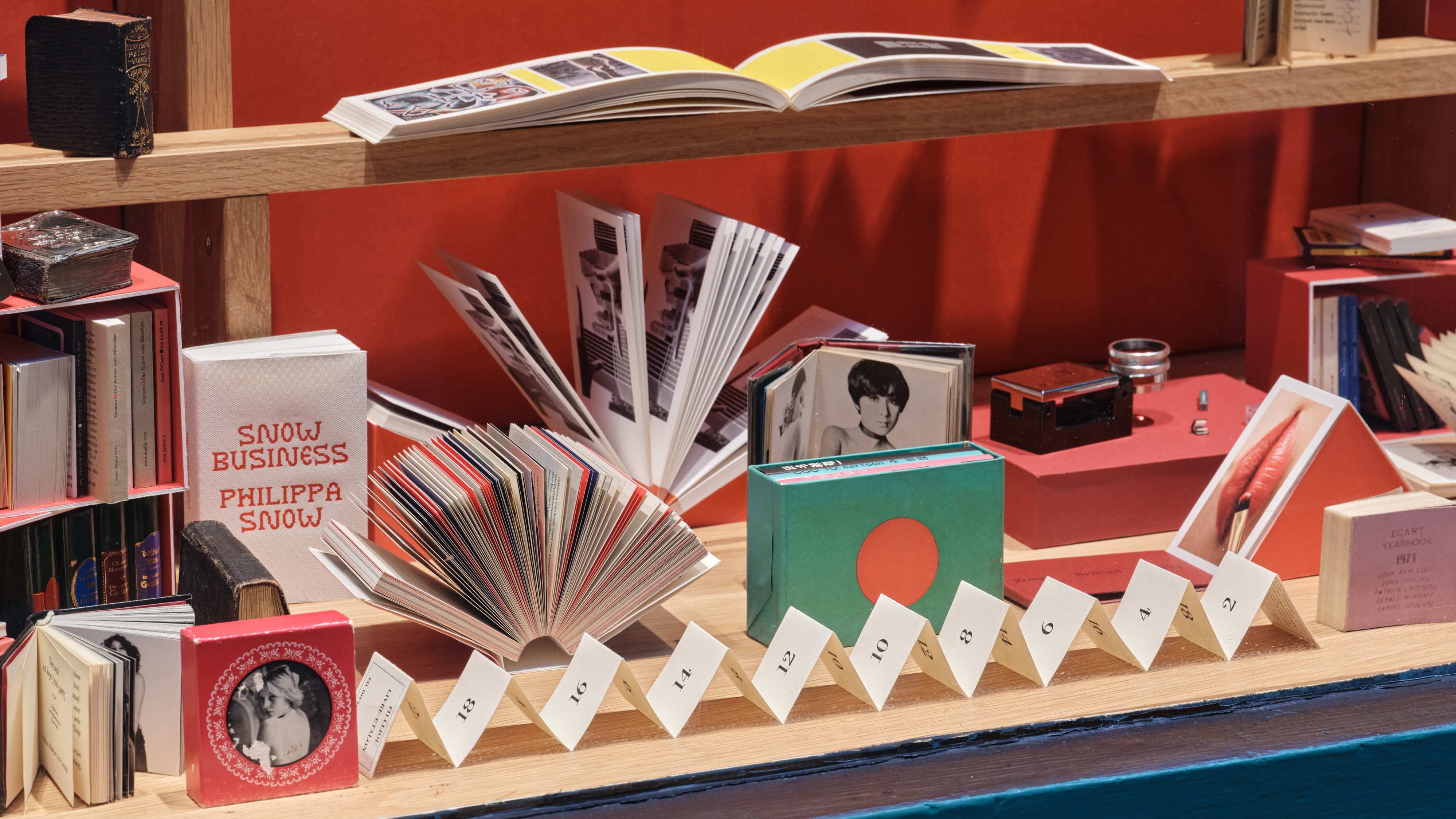 Veronica Ditting’s collection of tiny tomes is a big draw at London's Tenderbooks
Veronica Ditting’s collection of tiny tomes is a big draw at London's TenderbooksAt London bookshop Tenderbooks, 'Small Print' is an exhibition by creative director Veronica Ditting that explores and celebrates the appeal of books that fit in the palm of your hand
-
 How Beirut's emerging designers tell a story of resilience in creativity
How Beirut's emerging designers tell a story of resilience in creativityThe second in our Design Cities series, Beirut is a model of resourcefulness and adaptability: we look at how the layered history of the city is reflected in its designers' output
-
 A day in Ahmedabad – tour the Indian city’s captivating architecture
A day in Ahmedabad – tour the Indian city’s captivating architectureIndia’s Ahmedabad has a thriving architecture scene and a rich legacy; architect, writer and photographer Nipun Prabhakar shares his tips for the perfect tour
-
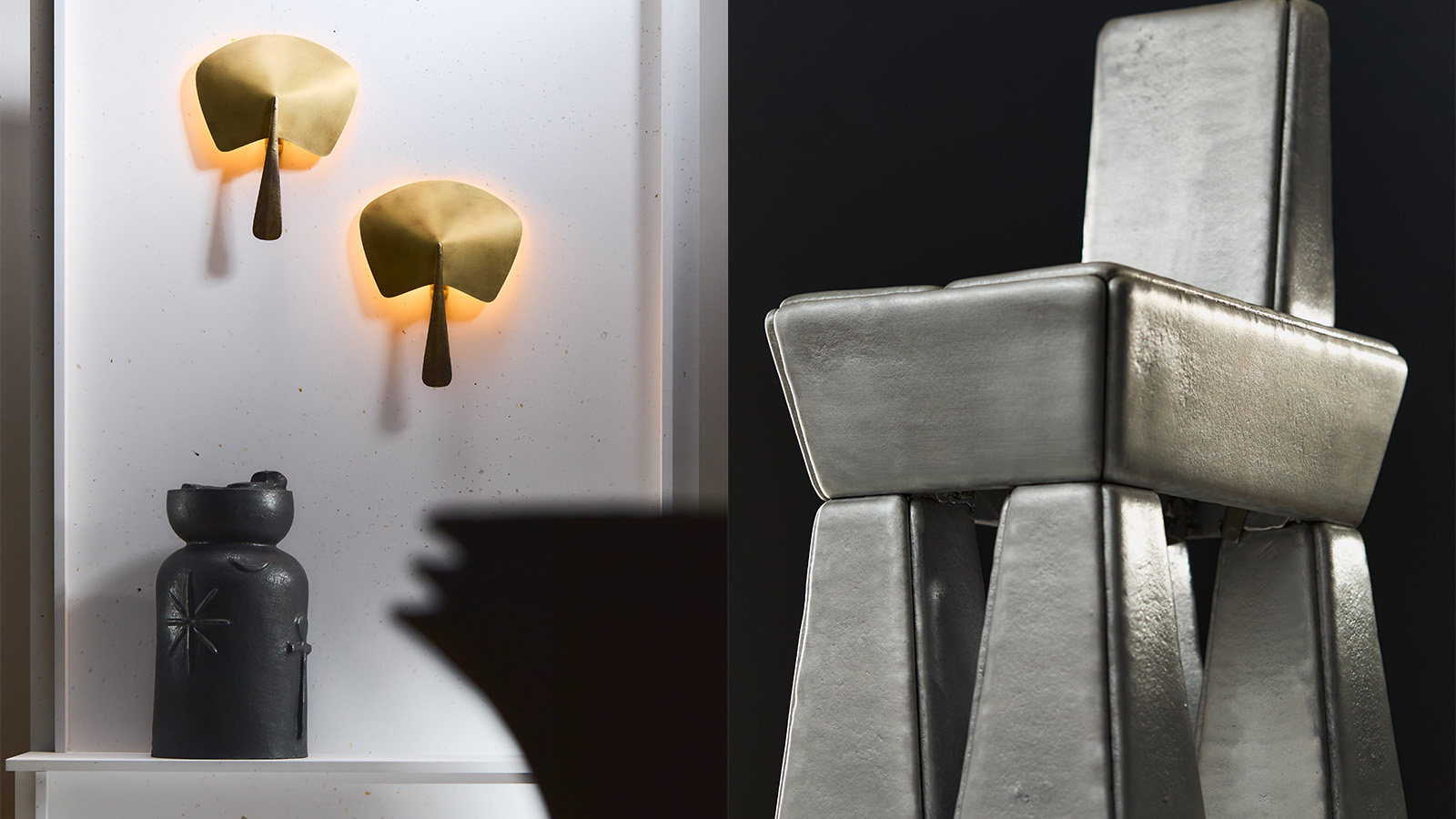 20 emerging designers shine in our ‘Material Alchemists’ film
20 emerging designers shine in our ‘Material Alchemists’ filmWallpaper’s ‘Material Alchemists’ exhibition during Milan Design Week 2025 spotlighted 20 emerging designers with a passion for transforming matter – see it now in our short film
-
 Delve into the Wallpaper* Design Directory 2025, on sale now
Delve into the Wallpaper* Design Directory 2025, on sale nowIn the July issue of Wallpaper*, find a photographic love letter to Milan Design Week, plus the best new furniture, lighting, kitchens, bathrooms and more
-
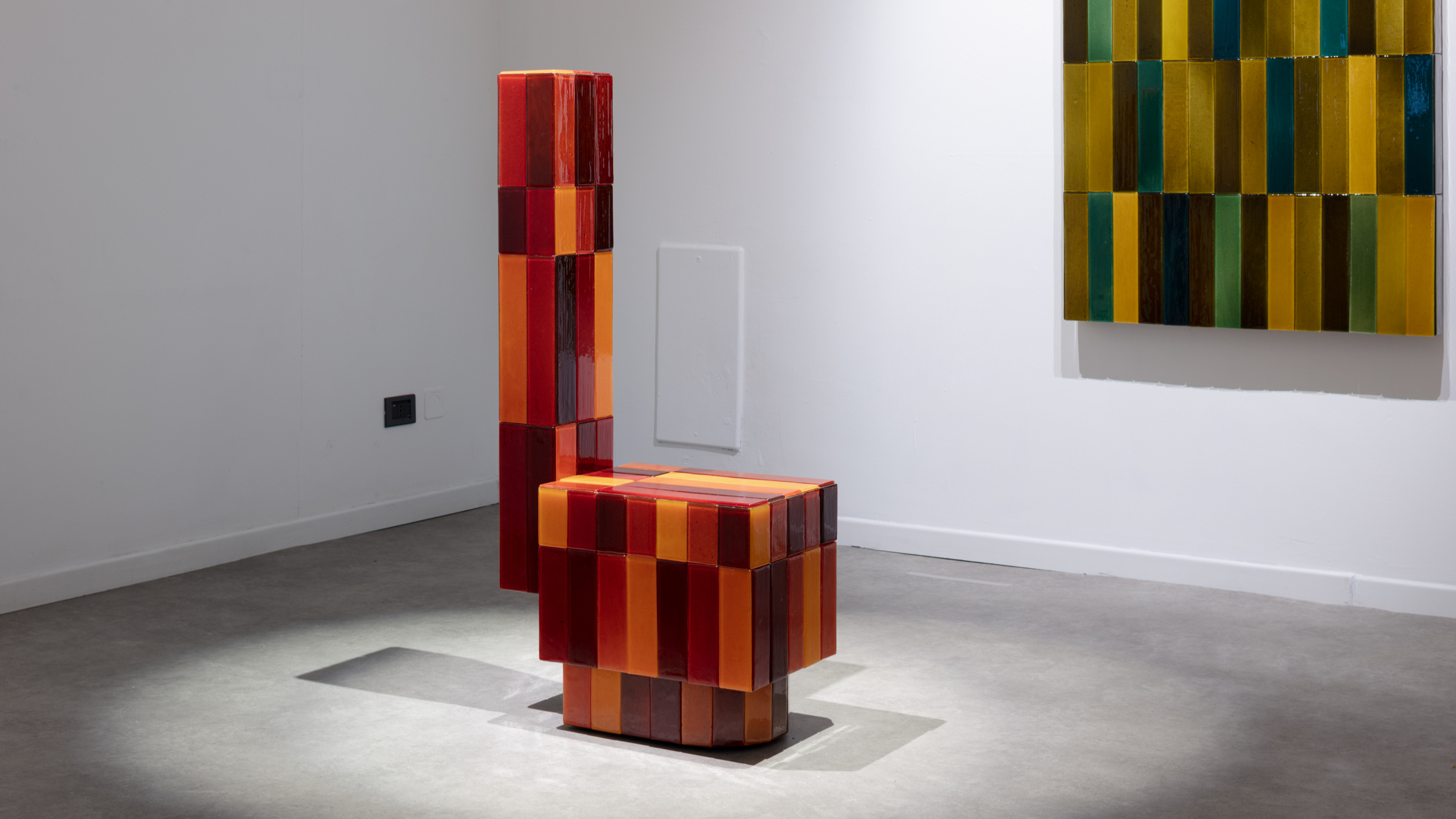 Tokyo design studio We+ transforms microalgae into colours
Tokyo design studio We+ transforms microalgae into coloursCould microalgae be the sustainable pigment of the future? A Japanese research project investigates
-
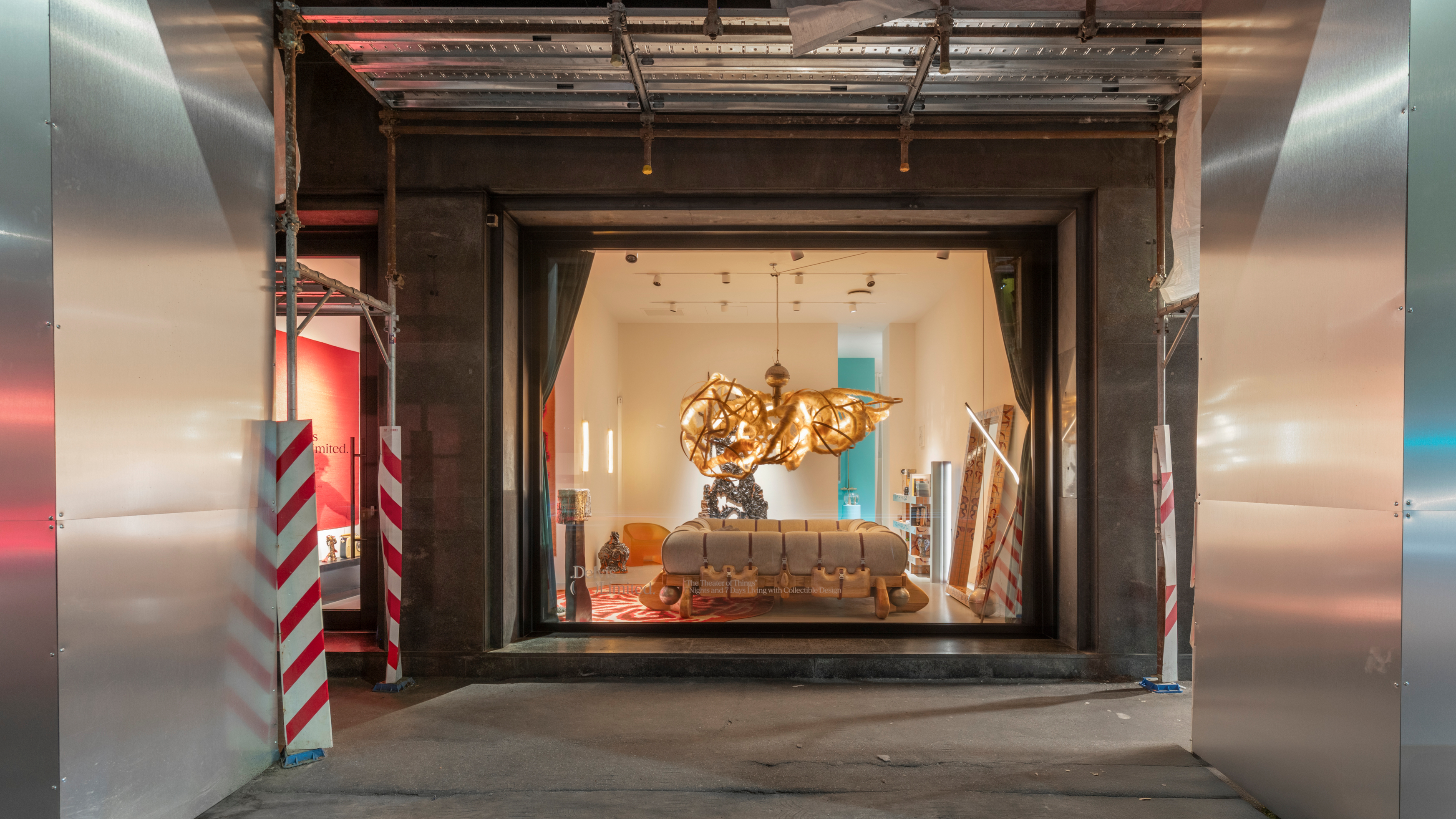 Delvis (Un)Limited turns a Brera shopfront into a live-in design installation
Delvis (Un)Limited turns a Brera shopfront into a live-in design installationWhat happens when collectible design becomes part of a live performance? The Theatre of Things, curated by Joseph Grima and Valentina Ciuffi, invited designers to live with their work – and let the public look in
-
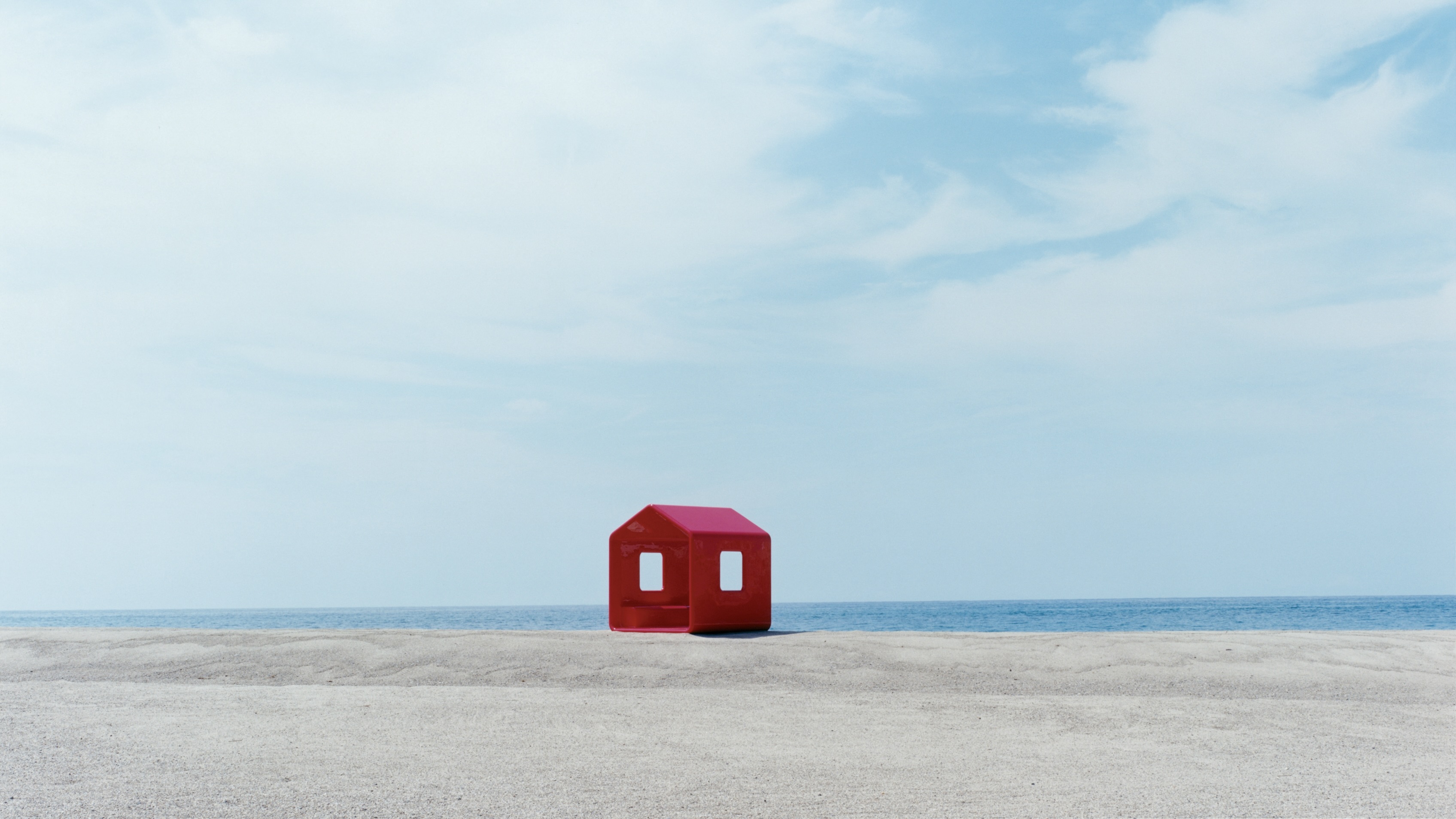 Naoto Fukasawa sparks children’s imaginations with play sculptures
Naoto Fukasawa sparks children’s imaginations with play sculpturesThe Japanese designer creates an intuitive series of bold play sculptures, designed to spark children’s desire to play without thinking
-
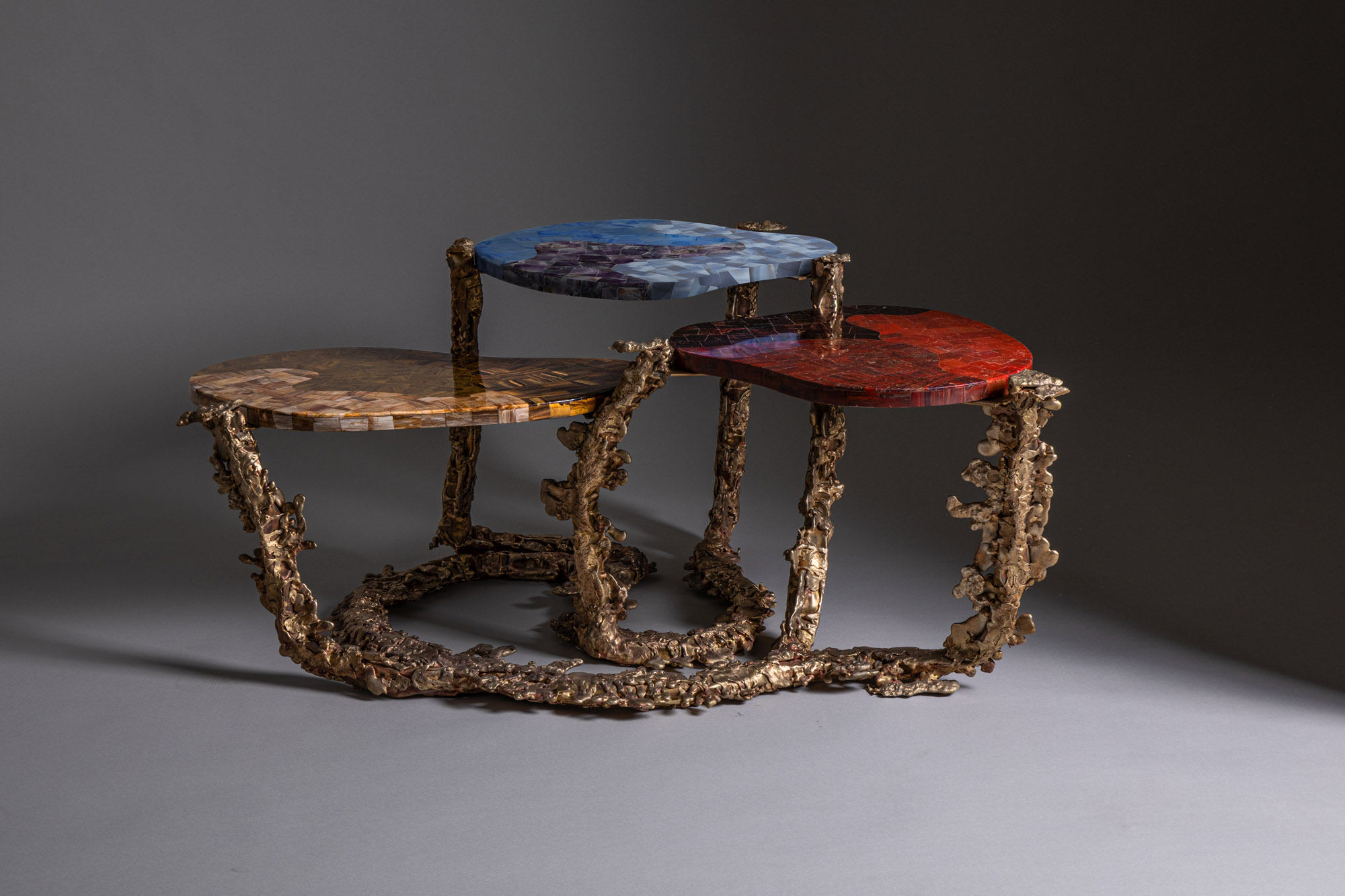 Inside the Shakti Design Residency, taking Indian craftsmanship to Alcova 2025
Inside the Shakti Design Residency, taking Indian craftsmanship to Alcova 2025The new initiative pairs emerging talents with some of India’s most prestigious ateliers, resulting in intricately crafted designs, as seen at Alcova 2025 in Milan
-
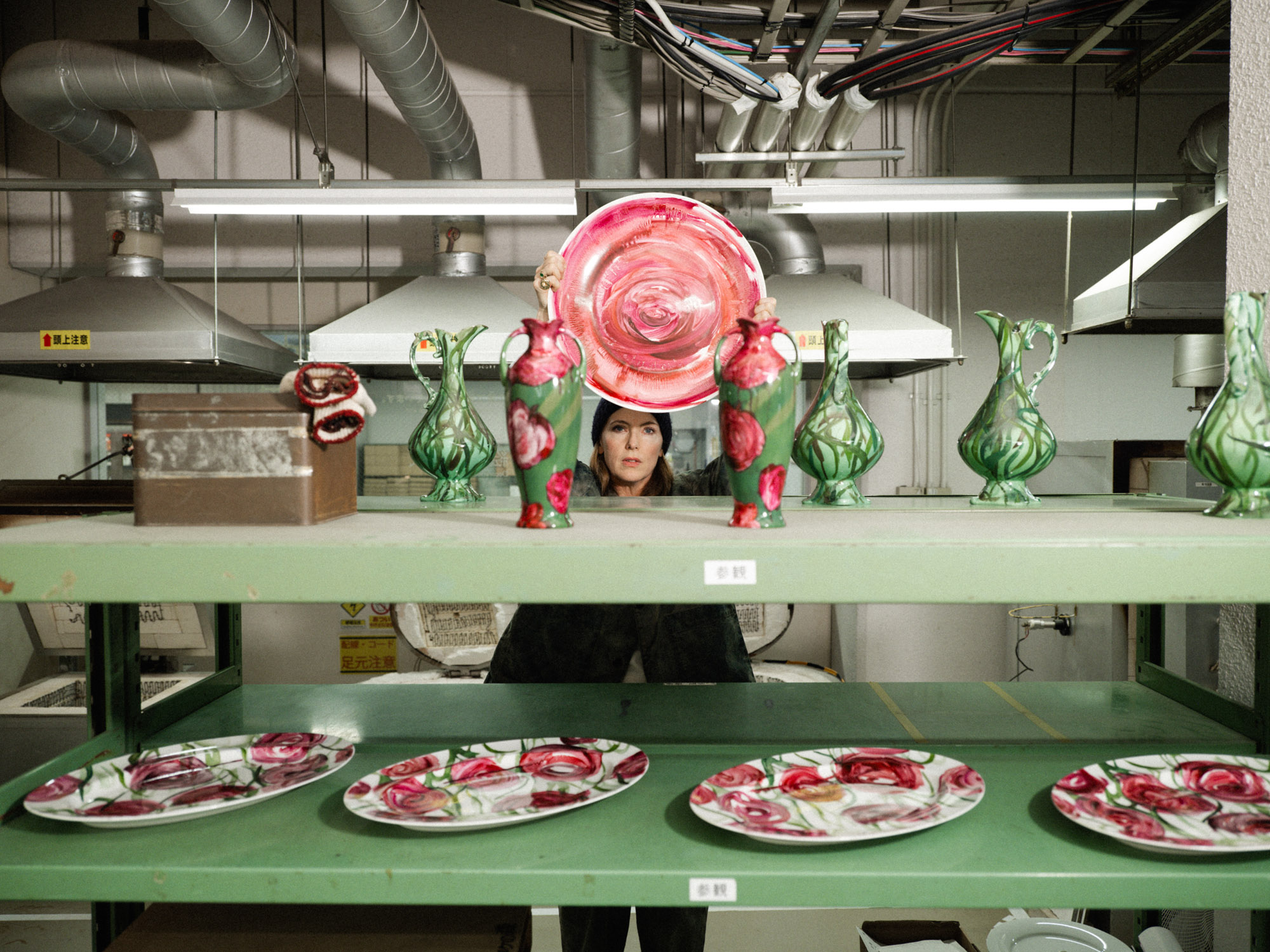 Faye Toogood comes up roses at Milan Design Week 2025
Faye Toogood comes up roses at Milan Design Week 2025Japanese ceramics specialist Noritake’s design collection blossoms with a bold floral series by Faye Toogood
-
 6:AM create a spellbinding Murano glass showcase in Milan’s abandoned public shower stalls
6:AM create a spellbinding Murano glass showcase in Milan’s abandoned public shower stallsWith its first solo exhibition, ‘Two-Fold Silence’, 6:AM unveils an enchanting Murano glass installation beneath Piscina Cozzi